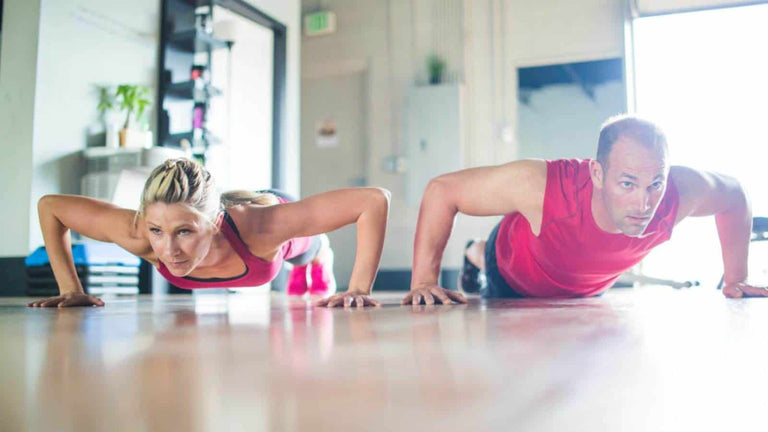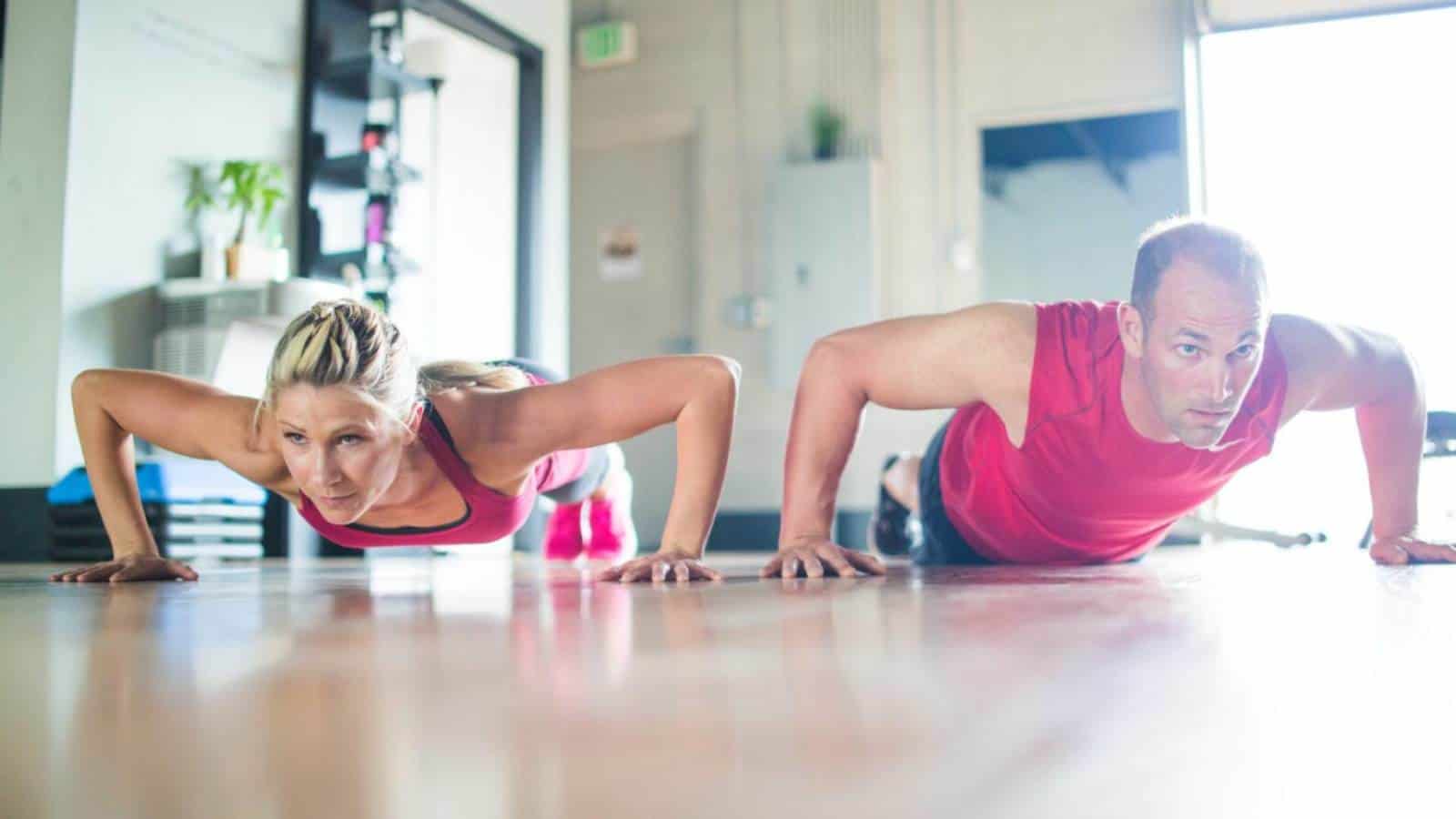The world of health and fitness is stuffed full of myths and misconceptions – perpetuated by TV shows, magazines and poorly educated but charismatic trainers. So, let’s get right down to it and tackle 5 of the most common (and persistent) exercise myths.
Static stretching prevents injury – You likely have vivid memories of health class or physical education in high school and the immense amount of emphasis that was put on stretching before exercising. Performing static stretches, you were told, can help you avoid injury and soreness from the subsequent workout. And many have faithfully observed this doctrine in their adulthood. Unfortunately, it’s simple untrue. Static stretching – which involves holding a pose for 20-30 seconds – has failed in numerous studies to show any benefits when it comes to soreness or injury prevention. In fact, this approach can actually reduce your performance when it comes to strength and power. Of course, static stretching still has it’s place; it is an extremely effective way to increase flexibility. Just make sure you do it after your workout so that your muscles are warmed up.
Spot reduction – In all likelihood, this myth continues to live on because people really want to believe it. After all, it would be incredibly convenient if we could just remove fat from one area of our bodies while leaving others untouched. And countless late-night infomercials promise just that – toned thighs, cuts abs and so on. The science, however, has never supported this theory. In reality, you can’t control which part of your body will shed fat and when. You simply need to create the conditions for fat to be burned and wait. Focusing on smaller isolation exercises like tricep kickbacks are a good way to develop that muscle – if you’re already lean. But those exercises only burn a fraction of the calories that are used up for larger lifts like squats. Compound, full-body exercises, then are a much more effective approach. Even if it requires some patience.
The Fat-burning zone – You’ve probably been pressured into this myth by nearly every cardio machine you’ve ever used. The idea is that your body burns more fat for fuel when you’re exercising at moderate intensity and, therefore, this is a better way to gain definition. In a way, this myth is actually a little true – which is probably why it won’t go away. Yes, you’re body does depend more on fat for fuel during moderate intensity, switching to carbs as the difficulty increases. But higher intensity exercise still burns more total calories, which is really what matters when it comes to losing weight.
“No pain, no gain” – Really more of a philosophy than a training technique, this myth is nonetheless harmful. In the minds of many people, unless they’re cripplingly sore and dripping with sweat, all that time in the gym was for naught. Here’s the thing: Sweat has nothing to do with intensity and everything to do with environment. And when it comes to “pain,” you should never experience that during your workouts. If you do, you need to back off to avoid injury and burnout. The soreness that commonly occurs a day or two after exercise – called delayed onset muscle soreness (DOMS) – is the result of inflammation caused by microscopic tears in your muscle. While it is true that this damage is what causes your muscles to grow bigger and stronger, it’s also true that DOMS tends to wane as your fitness level increases. So, if you aren’t terribly sore after hitting the gym, it doesn’t necessarily mean you wasted your time.
Men and women should workout differently – There are plenty of reasons for this myth, but one of the most common is because many women have a fear of getting bulky which causes them to fear weight lifting. In truth, it takes years of a specifically designed diet and exercise program for bodybuilders to achieve their signature look – it does not happen overnight. Plus, in the case of women, there’s the issue of hormones. Because they produce lower levels of testosterone, women have a much harder time bulking up then men. It’s actually a real shame that so many people have been swayed away from the weights by this myth; lifting is in reality an incredibly effective way to lose weight and gain the physique gym-goers are usually looking for.



